Home>Garden Essentials>When To Seed Lawn In Colorado
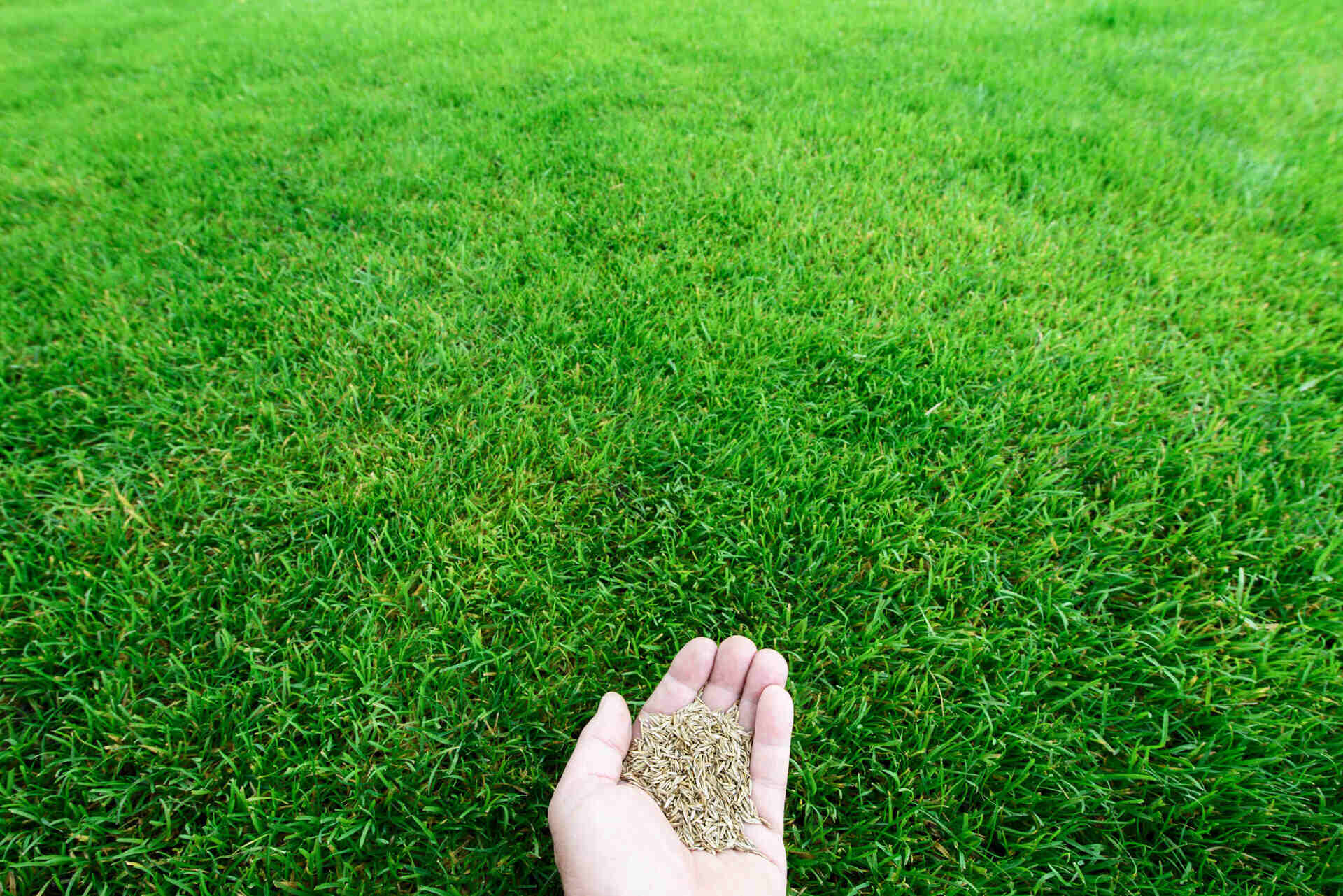

Garden Essentials
When To Seed Lawn In Colorado
Modified: September 2, 2024
Find out the best time to seed your garden in Colorado and ensure a healthy and beautiful lawn with our expert tips and guidance.
(Many of the links in this article redirect to a specific reviewed product. Your purchase of these products through affiliate links helps to generate commission for Storables.com, at no extra cost. Learn more)
Introduction
Creating a lush and vibrant lawn in Colorado can be a rewarding yet challenging endeavor. The climate and unique conditions of the state require careful planning and preparation before seeding your lawn. Whether you’re a seasoned gardener or a novice green thumb, understanding the factors to consider and the optimal time to seed your lawn in Colorado is crucial for success.
Colorado’s diverse topography and varying elevations contribute to a wide range of microclimates throughout the state. From the Eastern Plains to the Rocky Mountains, each region experiences different temperatures, precipitation levels, and soil conditions. This makes it important to tailor your lawn care approach to the specific needs of your area.
Before considering the ideal seeding time, it’s essential to take into account several factors that determine the success of your lawn. These factors include the type of grass you want to grow, the condition of your soil, and the level of sun exposure and shade in your yard. Evaluating these aspects will help you choose the right seed and create the optimal environment for healthy growth.
In Colorado, it’s generally recommended to avoid seeding your lawn during extreme weather conditions. Severe heat, drought, or freezing temperatures can hinder germination and negatively impact the establishment of your grass. By understanding the unique climate patterns of Colorado, you can select the best time to seed your lawn and ensure that your efforts yield a vibrant and thriving lawn.
Key Takeaways:
- Choosing the right time to seed your lawn in Colorado is crucial. Spring and fall are the best seasons for seeding, depending on the grass species and your region. Proper timing sets the stage for a healthy and vibrant lawn.
- Before seeding your lawn in Colorado, consider factors like soil quality, sun exposure, water availability, and elevation. Understanding these factors will help you make informed decisions and create the best environment for your grass to thrive.
Read more: When To Plant Grass Seed In Colorado
Factors to Consider Before Seeding
1. Soil Quality: Before seeding, it’s essential to assess the quality of your soil. Colorado soils often have high alkalinity levels and can lack essential nutrients. Conducting a soil test will help determine if amendments are needed, such as adjusting pH levels or adding organic matter.
2. Sun Exposure: Different grass species have varying sun exposure requirements. Take note of the amount of sunlight your lawn receives throughout the day to select the appropriate grass seed. Some grasses thrive in full sun, while others are better suited to shady areas.
3. Water Availability: Water availability in Colorado can vary greatly, depending on the region. Consider the availability of water in your area and choose grass species that are drought-tolerant or can thrive with less frequent watering.
4. Elevation: The elevation of your location affects the types of grasses that will grow successfully. High elevations require grass varieties that can withstand cold temperatures and shorter growing seasons.
Ideal Seeding Time in Colorado
In Colorado, the ideal time to seed your lawn depends on the specific grass species and the region in which you reside. Generally, there are two optimal seeding seasons: spring and fall.
Spring Seeding in Colorado
Spring seeding is typically recommended for cool-season grasses, such as Kentucky Bluegrass, Perennial Ryegrass, and Fine Fescue. The ideal time for spring seeding is between late April and early June when soil temperatures reach a range of 50 to 65 degrees Fahrenheit. Spring seeding allows the grass to establish roots before the heat of summer, leading to a stronger and healthier lawn.
However, it’s important to note that spring seeding requires attentive and consistent watering to support germination and early growth. Ensure that the soil remains moist but do not overwater, as excessive moisture can lead to disease and fungal issues.
Fall Seeding in Colorado
Fall seeding is considered the optimal time for lawn establishment in Colorado. The cooler temperatures and increased moisture from autumn rains create favorable conditions for seed germination and root development. The recommended time for fall seeding is between late August and early October.
Fall seeding is particularly suitable for cool-season grasses as it allows for ample time for root growth before the arrival of winter. The established root system enables the grass to withstand the harsh winter conditions and promotes quicker spring green-up.
To ensure successful fall seeding, it’s important to overseed the existing lawn or prepare the soil by aerating and removing any thatch. This allows the seed to make direct contact with the soil for optimal germination.
Key Takeaways:
- Choosing the right time to seed your lawn in Colorado is crucial. Spring and fall are the best seasons for seeding, depending on the grass species and your region. Proper timing sets the stage for a healthy and vibrant lawn.
- Before seeding your lawn in Colorado, consider factors like soil quality, sun exposure, water availability, and elevation. Understanding these factors will help you make informed decisions and create the best environment for your grass to thrive.
Read more: When To Plant Grass Seed In Colorado
Factors to Consider Before Seeding
Before embarking on the journey of seeding your lawn in Colorado, there are several crucial factors to consider. These factors will not only determine the success of your lawn but also help you make informed decisions when it comes to choosing the right grass seed and preparing your soil. By taking these factors into account, you can create the optimal environment for healthy and thriving grass.
Soil Quality: One of the most important considerations before seeding is the quality of your soil. Colorado soils can be challenging, often characterized by high alkalinity and a lack of essential nutrients. It is essential to conduct a soil test to determine the pH level and nutrient deficiencies present in your soil. Based on the test results, you may need to amend your soil by adjusting the pH or adding organic matter, such as compost or manure, to improve its fertility.
Sun Exposure: The amount of sunlight your lawn receives is a crucial factor to consider when choosing the right grass seed. Different grass species have varying sunlight requirements. Some grasses thrive in full sun, while others are better suited for shady areas. Assess the sun exposure in your yard throughout the day to determine the best grass seed for your specific conditions.
Water Availability: Colorado’s arid climate and varying water availability can significantly impact the success of your lawn. Before seeding, consider the water resources available in your area. Opt for grass species that are more drought-tolerant or can thrive with less frequent watering. This not only conserves water but also ensures that your lawn can withstand periods of low rainfall.
Elevation: The elevation at which your property is located plays a crucial role in selecting the appropriate grass seed. Colorado’s varying elevations can affect temperature fluctuations, snowfall, and growing seasons. High elevations typically experience colder temperatures and shorter growing seasons, requiring grass species that are cold-tolerant and can withstand harsh winter conditions.
Existing Lawn Conditions: If you are overseeding your existing lawn, it’s important to evaluate its current condition. Assess the density, health, and presence of weeds or diseases. If your lawn has significant bare patches or weed infestations, consider taking appropriate measures to address these issues before seeding. This may involve aerating the soil, removing thatch, or applying weed control treatments.
Microclimates: Colorado’s diverse topography and varying climates create microclimates within the state. Factors such as proximity to mountains, wind patterns, and the degree of urbanization can all influence the conditions in your specific location. Consider these microclimates when selecting grass seed and determining the optimal seeding time for your lawn.
By carefully evaluating these factors before seeding your lawn in Colorado, you can ensure that you make informed decisions that will result in a healthy, vibrant, and resilient lawn. Taking the time to assess soil quality, sun exposure, water availability, elevation, existing lawn conditions, and microclimates will set the foundation for successful lawn establishment and long-term beauty.
Ideal Seeding Time in Colorado
Choosing the right time to seed your lawn in Colorado is crucial for successful establishment and growth. The optimal seeding time depends on the specific grass species you wish to grow and the region in which you reside. Understanding the climate and seasonal patterns of Colorado will help you determine the ideal time to seed your lawn.
Spring Seeding: Spring is generally considered one of the best times to seed cool-season grasses in Colorado. Cool-season grasses like Kentucky Bluegrass, Perennial Ryegrass, and Fine Fescue thrive in the cooler temperatures of spring. The ideal time for spring seeding is between late April and early June, when the soil temperature has reached a range of 50 to 65 degrees Fahrenheit.
Spring seeding allows the grass to establish roots and develop before the heat of summer arrives. The cooler temperatures and increased moisture create favorable conditions for germination and early growth. However, it’s important to note that spring seeding requires attentive and consistent watering to support the germination process. Ensure that the soil remains moist but avoid overwatering, as excessive moisture can lead to disease and fungal issues.
Fall Seeding: Fall is widely regarded as the optimal time for seeding in Colorado. The cooler temperatures and increased moisture from autumn rains create ideal conditions for seed germination and root development. The recommended time for fall seeding is between late August and early October.
Fall seeding is particularly suitable for cool-season grasses, as it provides ample time for root growth before the arrival of winter. The established root system allows the grass to withstand the harsh winter conditions and promotes quicker green-up in the spring. Additionally, weeds are less likely to compete with newly seeded grass during the fall, giving your lawn a better chance to thrive.
To ensure successful fall seeding, consider overseeding your existing lawn or prepare the soil by aerating and removing any thatch. This process allows the seed to make direct contact with the soil, enhancing germination and root development.
It’s important to note that the optimal seeding time may vary slightly depending on your specific location within Colorado. Factors such as elevation, microclimates, and local weather patterns can influence the best time to seed. Consulting with local gardening experts or contacting your county’s Cooperative Extension office can provide valuable insights tailored to your area.
By seeding your lawn at the ideal time in Colorado, you give your grass the best opportunity to establish strong roots, withstand the region’s unique climate, and thrive throughout the year. Consider the specific grass species you want to grow, the prevailing weather conditions, and the overall health and condition of your lawn when deciding between spring and fall seeding.
Ultimately, a well-timed seeding process will set the stage for a lush, vibrant, and healthy lawn that you can enjoy year after year.
Spring Seeding in Colorado
Spring is an ideal time for seeding your lawn in Colorado, especially for cool-season grasses such as Kentucky Bluegrass, Perennial Ryegrass, and Fine Fescue. The period between late April and early June is considered the best time for spring seeding, when the soil temperature ranges from 50 to 65 degrees Fahrenheit.
One of the main advantages of spring seeding is that the cooler temperatures during this time promote rapid germination and early growth of the grass. By choosing to seed in spring, you give the grass sufficient time to establish a strong root system before the summer heat kicks in. This allows the grass to better withstand the stress of warmer temperatures and potential drought conditions.
When preparing for spring seeding in Colorado, it’s important to consider the following factors:
Soil Preparation: Before seeding, ensure that the soil is properly prepared to provide an optimal seedbed. Start by removing any debris, rocks, or weeds from the area. It’s also recommended to loosen the soil using a garden rake or a tiller. This will help break up compacted soil, improve drainage, and allow the grass seed to make contact with the soil for better germination.
Seed Selection: Selecting the right grass seed is crucial for successful spring seeding in Colorado. Consider the specific conditions in your yard, such as sun exposure, soil type, and water availability, when choosing the grass species that will thrive in your area. It’s also beneficial to look for grass seeds labeled as “improved” or “drought-tolerant” to ensure the best chances of success.
Seeding Techniques: Several seeding techniques can be employed for optimal results. One popular method is broadcasting, where the grass seed is evenly distributed over the prepared soil using a spreader or by hand. Another technique is slit-seeding, which involves using a machine to cut small furrows in the soil and depositing the seeds directly into the furrows. This method can help ensure good seed-to-soil contact and improve germination rates.
Watering: Adequate watering is crucial for seed germination and early grass growth. After seeding, water the area lightly but frequently to keep the soil consistently moist. Avoid overwatering, as it can lead to waterlogged soil and inhibit germination. As the grass begins to establish, gradually reduce the frequency of watering but increase the amount of water applied each time. This encourages the roots to grow deeper into the soil, resulting in a more resilient and drought-tolerant lawn.
Maintenance: Regular maintenance is essential for the success of your newly seeded lawn. Keep the area free from foot traffic to allow the grass to grow undisturbed. It’s also important to monitor for the presence of weeds and address them promptly. As the grass reaches a height of about three inches, you can begin mowing, ensuring that you only remove a third of the grass blade’s length at a time.
Spring seeding in Colorado provides a great opportunity to establish a healthy and vibrant lawn. By following proper soil preparation techniques, selecting the right grass seed, employing effective seeding methods, and providing adequate water and maintenance, you can foster the growth of a lush and resilient lawn that will enhance the beauty of your outdoor space throughout the growing season and beyond.
Fall Seeding in Colorado
Fall is widely regarded as the optimal time for seeding in Colorado. The period between late August and early October offers favorable conditions for seed germination and establishment. Fall seeding is particularly beneficial for cool-season grasses, such as Kentucky Bluegrass, Perennial Ryegrass, and Fine Fescue.
The cooler temperatures and increased moisture during the fall months create ideal conditions for grass seed to thrive. When you seed your lawn in the fall, the grass has ample time to establish strong roots before the harsh winter weather sets in. This results in a healthier, more resilient lawn that can better withstand the challenges of a Colorado winter.
Here are some key considerations and tips for fall seeding in Colorado:
Soil Preparation: Before seeding, prepare the soil by removing any debris, rocks, or weeds. Consider aerating the soil to improve its structure and allow for better water and nutrient penetration. Additionally, if your lawn has heavy thatch buildup, dethatching before seeding can help create a favorable environment for grass seed to germinate.
Overseeding: Fall is an excellent time to overseed existing lawns to fill in bare patches, improve density, and introduce new grass varieties. Before overseeding, mow your lawn slightly shorter than usual to allow better seed-to-soil contact. This ensures that the seeds can receive the necessary light and soil contact for successful germination.
Seed Selection: Select grass seed varieties that are suitable for your specific region in Colorado. Look for blends that offer improved disease resistance, drought tolerance, and better adaptation to your local climate and conditions. Mixing different grass types can provide a diverse and resilient lawn.
Seeding Techniques: There are various seeding techniques for fall seeding. Broadcasting the seeds by hand or using a spreader is a common method, ensuring even coverage. Alternatively, slit-seeding is another effective technique where a specialized machine cuts shallow furrows in the soil and simultaneously deposits the seed. This method enhances seed-to-soil contact and improves germination rates.
Watering: Adequate and consistent watering is essential for successful fall seeding. Keep the soil moist through regular watering, but be cautious not to overwater, as this can lead to disease and fungal issues. Aim for shallow, frequent watering to promote germination without saturating the soil.
Maintenance: After seeding, it’s crucial to protect the newly seeded area from foot traffic and allow the grass seed to establish undisturbed. Mow the existing lawn at the recommended height and avoid scalping to provide a favorable environment for the new grass to grow. Regularly monitor for the presence of weeds and address them promptly to prevent competition with the newly seeded grass.
Fall seeding in Colorado sets the stage for a lush and healthy lawn in the following spring and summer seasons. By taking advantage of the cooler weather, increased moisture, and reduced weed competition, you give your grass the best opportunity to establish deep roots and thrive. A well-established fall-seeded lawn can better withstand the challenges of Colorado’s winter and emerge beautifully in the spring.
Remember to consult local resources, such as your county’s Cooperative Extension office, for specific recommendations and guidance tailored to your region within Colorado. With proper planning, preparation, and maintenance, your fall-seeded lawn will flourish and enhance the beauty of your outdoor space for years to come.
Read more: When To Seed Lawn In Texas
Seeding Techniques for the Best Results
When it comes to seeding your lawn in Colorado, employing the right techniques can significantly impact the success and overall health of your grass. By following proper seeding techniques, you can ensure optimal seed-to-soil contact, improve germination rates, and facilitate healthy growth. Here are some effective seeding techniques to achieve the best results:
Broadcast Seeding: Broadcasting, or spreading the grass seed evenly over the prepared soil, is one of the most common and straightforward seeding techniques. This can be done by hand or by using a seed spreader. Start by dividing the lawn area into smaller sections and evenly distribute the seed by walking in a grid pattern. Pay close attention to avoid overlapping or leaving gaps, as this can result in uneven growth. After spreading the seed, lightly rake the area to lightly cover the seeds with soil, enhancing seed-to-soil contact.
Slit Seeding: Slit seeding is a more efficient method that provides excellent seed-to-soil contact. This technique involves using a specialized slit seeder machine that cuts shallow furrows in the soil and simultaneously deposits the seed at the predetermined depth. Slit seeding improves germination rates and encourages strong root development. It is particularly beneficial for overseeding existing lawns or areas with thinning grass, as it allows the seed to penetrate the surface and establish directly into the soil.
Hydroseeding: Hydroseeding, also known as hydro-mulching, is a technique that involves spraying a mixture of grass seed, water, fiber mulch, and fertilizer onto the prepared soil. This method provides excellent seed-to-soil contact and helps retain moisture, promoting germination. Hydroseeding is commonly used for large-scale projects or areas with sloping terrain. It provides quick and uniform coverage and reduces erosion potential.
Overseeding: Overseeding involves spreading grass seed over an existing lawn to fill in bare patches, enhance density, or introduce new grass varieties. Before overseeding, mow the existing lawn slightly shorter than usual to expose the soil. This allows better contact between the seed and the soil surface. After broadcasting the seed, lightly rake the surface to work the seeds into the existing grass. This process facilitates seed-to-soil contact and increases the chances of successful germination and establishment.
Topdressing: Topdressing is the practice of applying a thin layer of soil or compost over existing grass. This technique can be used in conjunction with overseeding to improve soil quality and provide a better environment for the new seed to germinate. Topdressing helps level the surface, fills in low spots, and improves moisture retention. It is important to ensure that the topdressing material is properly screened and free of weeds or unwanted seeds.
Proper Watering: Regardless of the seeding technique used, proper watering is essential for seed germination and overall grass growth. After seeding, it’s crucial to keep the soil consistently moist but avoid overwatering. Seeds should be watered lightly and frequently to prevent them from drying out or being washed away. As the grass begins to grow, gradually reduce the frequency of watering but increase the amount of water applied each time. This encourages the development of deep, healthy roots.
By employing the right seeding techniques, you can set the stage for a successful lawn establishment in Colorado. Consider the size of your project, the existing condition of your lawn, and the resources available to determine the best seeding technique for your needs. Don’t forget to follow proper watering and maintenance practices to support the growth and development of your newly seeded lawn.
Consulting with local landscaping professionals or contacting your county’s Cooperative Extension office can provide valuable insights and specific recommendations tailored to the unique conditions in your region within Colorado. With careful planning, preparation, and implementation of the right seeding techniques, you can achieve a healthy and thriving lawn that enhances the beauty of your outdoor space.
Preparing the Soil for Seeding
Achieving successful seed germination and establishing a healthy lawn in Colorado starts with proper soil preparation. Preparing the soil creates an optimal environment for seed growth, enhances seed-to-soil contact, improves nutrient availability, and promotes healthy root development. Here are some essential steps to follow when preparing the soil for seeding:
Clear the Area: Begin by clearing the area of any debris, rocks, or existing vegetation. Remove any large obstacles that could hinder the even distribution of seeds and impede root development. Trim back overhanging branches or plants that may block sunlight or create excessive shade.
Soil Test: Conducting a soil test is an important step in determining the pH level and nutrient content of your soil. In Colorado, soils are often alkaline and may lack certain nutrients. A soil test will provide valuable insights on any necessary amendments, such as adjusting pH levels or adding organic matter like compost or manure to improve fertility. Follow the recommendations provided by the soil test report to ensure optimal nutrient balance in the soil.
Loosen the Soil: Loosening the soil before seeding is essential for root penetration, water drainage, and oxygen exchange. Use a garden rake or a tiller to break up compacted soil and create a loose, friable surface. Be careful not to disturb the soil too deeply, especially if you have an existing lawn, to avoid damaging existing roots or disrupting the soil ecosystem.
Remove Weeds: Eliminate any existing weeds before seeding to prevent competition for sunlight, water, and nutrients. Pull or dig out weeds by their roots, ensuring that no trace of them remains in the soil. If you have a significant weed infestation, consider using an appropriate herbicide according to label instructions and recommendations from local horticultural experts.
Control Soil Erosion: Sloping areas may be prone to soil erosion, especially during heavy rains. To mitigate erosion and help retain moisture, consider installing erosion control measures such as erosion control blankets, straw mulch, or erosion control matting. These materials hold the soil in place and allow the seed to establish more effectively.
Level the Surface: Ensure a smooth and even surface before seeding by leveling the soil. Remove high spots and fill in low areas to create a uniform surface. One effective method is to spread a thin layer of topsoil or compost over the prepared area and use a rake or leveling tools to distribute it evenly. This aids in creating a consistent seedbed for better seed-to-soil contact.
Water the Soil: Before seeding, water the soil lightly to ensure it is adequately moist. This helps create favorable conditions for seed germination. Avoid saturating the soil, as excess water can hinder germination and lead to problems such as soil compaction and the growth of fungal diseases.
Wait for Ideal Seeding Conditions: Timing is crucial in soil preparation. Choose the recommended seeding time for your chosen grass species, whether it’s in the spring or fall, to ensure the best chances of successful germination and growth. Timing your soil preparation right before the optimal seeding time allows you to have a well-prepared seedbed ready for seeding.
By following these steps for soil preparation, you can create an environment that allows seeds to thrive and facilitates the establishment of a healthy and resilient lawn. Take the time to prepare your soil properly, addressing any deficiencies and creating favorable conditions for seed germination. The effort put into soil preparation will pay off with a lush and thriving lawn that enhances the beauty of your outdoor space in Colorado.
Choosing the Right Grass Seed for Colorado Lawns
When it comes to selecting the right grass seed for your Colorado lawn, it’s important to consider the climate, soil conditions, water availability, and specific requirements of your area. Choosing the appropriate grass seed will ensure that your lawn thrives and withstands the unique challenges presented by Colorado’s diverse climates. Here are some factors to consider when choosing the right grass seed for your Colorado lawn:
Cool-Season vs. Warm-Season Grasses: Colorado’s climate is best suited for cool-season grasses. Cool-season grasses, such as Kentucky Bluegrass, Perennial Ryegrass, and Fine Fescue, thrive in the cooler temperatures and moderate moisture conditions found in many regions of the state. These grasses tend to stay green during the spring and fall, and may go dormant or turn brown during hot summers.
Drought Tolerance: Due to the arid climate and varying water availability in Colorado, it’s essential to choose grass varieties that are drought-tolerant. Look for grass seed blends or varieties labeled as “low water use” or “drought-tolerant.” These grasses have adapted to survive with less water, making them well-suited for Colorado’s dry conditions.
Sun and Shade Requirements: Evaluate the amount of sun and shade your lawn receives throughout the day. Some grass species, such as Kentucky Bluegrass, prefer full sun and may struggle in shady areas. If you have areas of dense shade, consider shade-tolerant grass seed blends that are specifically formulated to thrive in lower light conditions.
Soil Type and pH: Take into account the soil type and pH level in your area. Colorado soils can range from clay to sandy, and the pH may vary from slightly acidic to alkaline. Conduct a soil test to determine the pH level and any necessary soil amendments. Certain grass species, such as Fine Fescue, are more tolerant of alkaline soils, while others, like Kentucky Bluegrass, prefer slightly acidic conditions.
Local Recommendations: Consult with local horticulture experts, landscape professionals, or your county’s Cooperative Extension office for specific grass seed recommendations tailored to your region within Colorado. They have local knowledge and can provide valuable insights regarding the best grass seed varieties that thrive in your area’s climate and growing conditions.
Seed Quality and Purity: Ensure that the grass seed you choose is of high quality and purity. Look for certified seed that has been tested for genetic purity, germination rates, and weed seed content. Quality grass seed will give you the best chance of a successful establishment and a healthy, vigorous lawn.
Maintenance Requirements: Consider the maintenance requirements of the grass seed you are considering. Some varieties may require more frequent mowing, fertilizing, or specific soil amendments. Assess your willingness and ability to meet those maintenance needs to ensure a well-kept and healthy lawn.
Mixing Grass Seed: Depending on your lawn’s specific conditions and desired outcomes, you may opt to mix different grass seed varieties. Blends can provide a diverse and resilient lawn that is better equipped to handle various environmental stresses. Consider factors such as drought tolerance, disease resistance, and growth habits when choosing the right combination of grass seed varieties.
By considering these factors and understanding the specific requirements of your lawn, you can make an informed decision when selecting the right grass seed for your Colorado lawn. Consult local resources and experts for guidance, and take into account the unique conditions of your region within Colorado. Choosing the right grass seed is a crucial step towards establishing a beautiful, healthy, and thriving lawn that can withstand the challenges presented by Colorado’s climate.
Caring for Newly Seeded Lawns
After seeding your lawn in Colorado, proper care is essential to ensure the successful establishment and growth of your new grass. Caring for newly seeded lawns requires attention to watering, mowing, fertilizing, and weed control. By following these guidelines, you can foster healthy growth and create a lush and vibrant lawn:
Watering: Adequate watering is crucial during the early stages of seed germination and establishment. The goal is to keep the soil consistently moist without overwatering. Watering should be done lightly and frequently to prevent the soil from drying out. Be cautious not to saturate the soil, as excess water can lead to the development of fungal diseases and shallow root growth. As the grass begins to grow, gradually reduce the frequency of watering but increase the amount of water applied each time. This encourages deep root growth, making the lawn more resilient to drought conditions.
Mowing: Avoid mowing the newly seeded lawn until the grass has reached a height of at least 3 inches. This usually takes about 4 to 6 weeks. When mowing for the first time, ensure that the mower blades are sharp to prevent tearing or pulling out the young grass. Set the mower to a higher setting, removing no more than one-third of the grass blade’s length. Regular mowing at the appropriate height promotes healthy growth and prevents the lawn from becoming prone to weed infestations.
Fertilizing: Newly seeded lawns may benefit from a starter fertilizer to provide essential nutrients for growth. Choose a fertilizer with a higher phosphorus content, which promotes root development. Follow the manufacturer’s instructions regarding application rates and timing. Avoid using excessive amounts of fertilizer, as this can lead to an imbalance in nutrient levels and potentially damage the grass.
Weed Control: Controlling weeds is crucial for the success of a newly seeded lawn. While the grass is still young and vulnerable, it is important to prevent competing weeds from overpowering the grass seedlings. Avoid using pre-emergent herbicides, as they can also inhibit the growth of the desired grass seed. Instead, focus on manual weed control by hand-pulling or using a spot treatment herbicide that is safe for newly seeded lawns. Consult with local experts or follow guidelines provided by your county’s Cooperative Extension office for effective and safe weed control methods.
Overseeding and Patching: For areas of the lawn that may have patchy or thin growth, consider overseeding those areas during the appropriate seeding season. This helps fill in any bare spots and ensures uniform growth throughout the lawn. It’s important to follow proper watering and maintenance practices for overseeded areas to promote successful establishment.
Patience: Finally, be patient. It takes time for newly seeded lawns to fully establish and become lush and mature. The growth rate may vary depending on various factors such as grass species, soil conditions, and climate. Give your lawn the time it needs to develop a strong root system and establish healthy growth patterns.
By providing consistent and appropriate care, your newly seeded lawn will thrive and become a beautiful and healthy outdoor space. Ensure proper watering, mowing, fertilizing, and weed control practices, and be patient as your lawn gradually transforms into the vibrant and lush carpet of grass you envisioned.
Read more: When To Seed Lawn In NJ
Conclusion
Seeding a lawn in Colorado requires careful planning, preparation, and attention to detail. From considering the ideal seeding time to selecting the right grass seed and implementing proper seeding techniques, each step in the process is vital for successful lawn establishment. By taking into account the unique climate, soil conditions, and regional factors, you can create a thriving and resilient lawn that enhances the beauty of your outdoor space.
Factors such as soil quality, sun exposure, water availability, and elevation must be considered before seeding. Conducting a soil test, evaluating sun and shade conditions, and selecting grass species that are suited to your specific region will contribute to the success of your lawn. Additionally, understanding the optimal seeding time for spring and fall will provide the best conditions for seed germination and early grass growth.
Employing the right seeding techniques, such as broadcasting, slit seeding, or hydroseeding, ensures proper seed-to-soil contact and enhances the chances of successful germination. Preparing the soil thoroughly, removing weeds, and controlling erosion will create an optimal environment for seed growth and root development.
Choosing the right grass seed for your Colorado lawn is crucial. Cool-season grasses, such as Kentucky Bluegrass, Perennial Ryegrass, and Fine Fescue, are well-suited to the state’s climate. Considering factors such as drought tolerance, sun and shade requirements, soil type, and local recommendations will help you make an informed decision and select the best grass seed variety.
Caring for newly seeded lawns involves proper watering, mowing, fertilizing, and weed control. Consistent and appropriate watering, gradual mowing, and timely fertilization promote healthy growth and help the grass develop strong roots. Vigilant weed control prevents weed competition and allows the newly seeded grass to thrive.
In conclusion, by understanding the unique characteristics of Colorado’s climate, soil conditions, and regional nuances, you can successfully seed and establish a lush and vibrant lawn. Taking the time to evaluate and address the necessary factors, implementing proper seeding techniques, and providing adequate care will ensure the long-term health and beauty of your lawn. Whether you choose to seed in the spring or fall, the effort and attention to detail invested in the process will result in a stunning and resilient lawn that you can enjoy for years to come.
Frequently Asked Questions about When To Seed Lawn In Colorado
Was this page helpful?
At Storables.com, we guarantee accurate and reliable information. Our content, validated by Expert Board Contributors, is crafted following stringent Editorial Policies. We're committed to providing you with well-researched, expert-backed insights for all your informational needs.
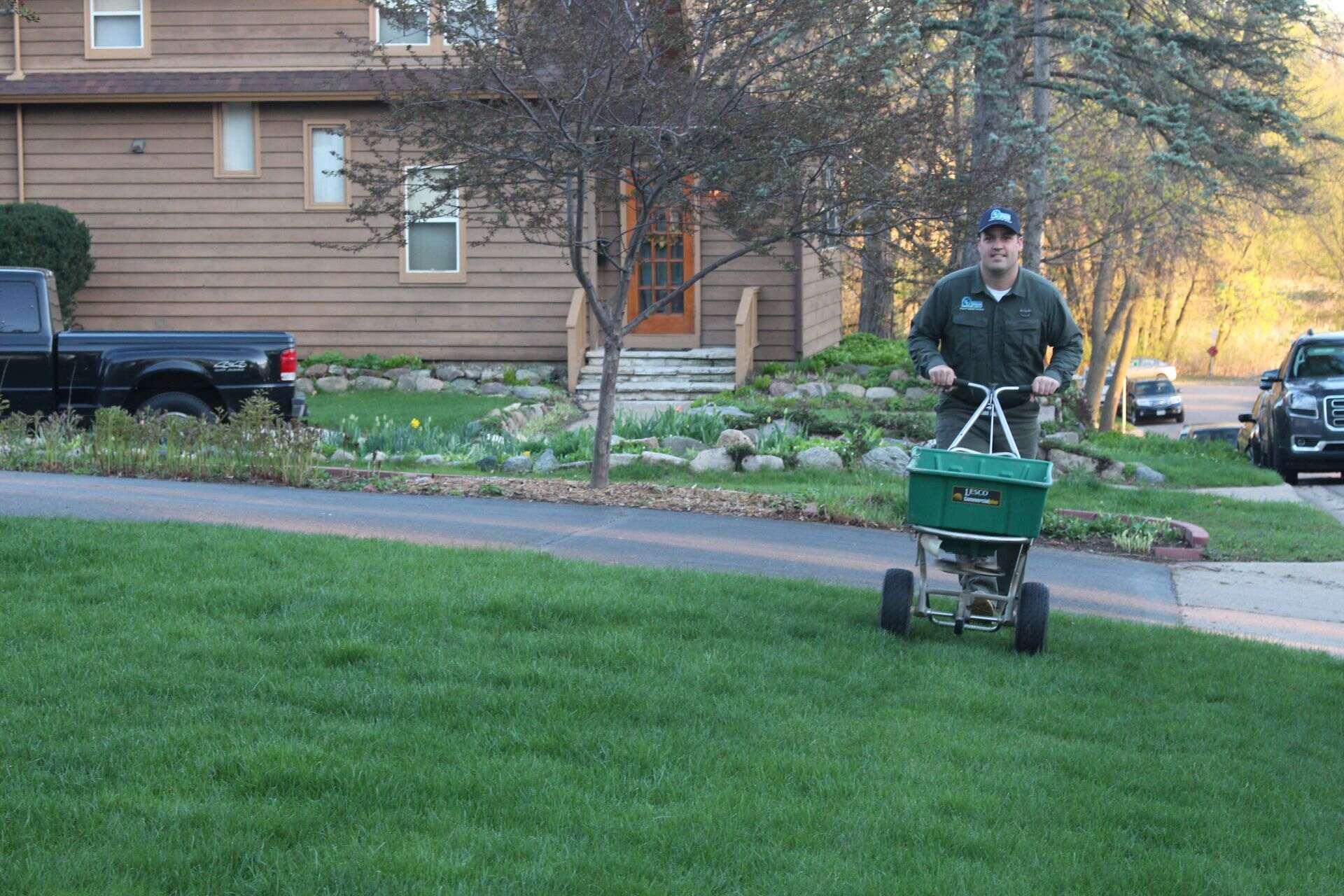
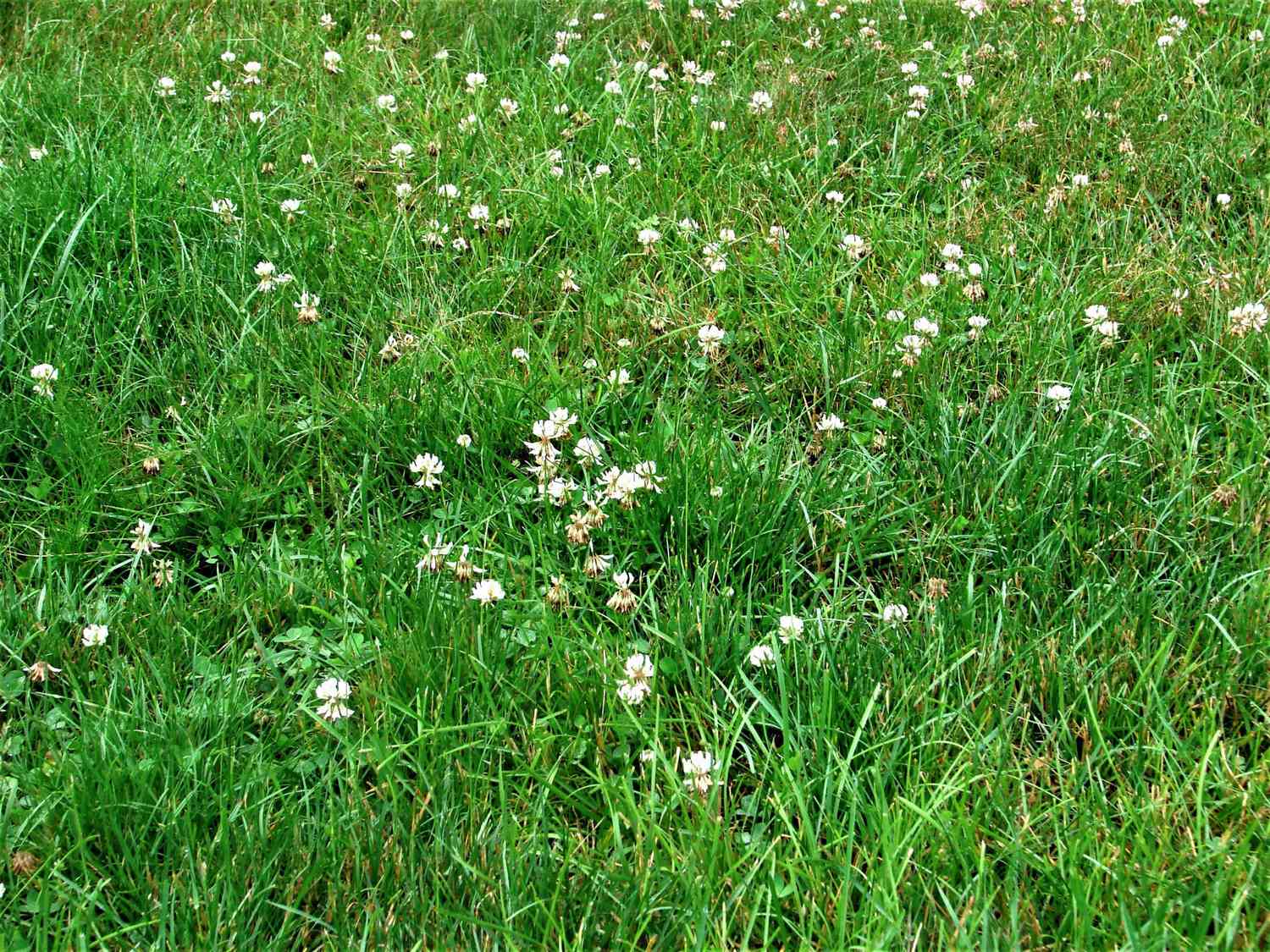
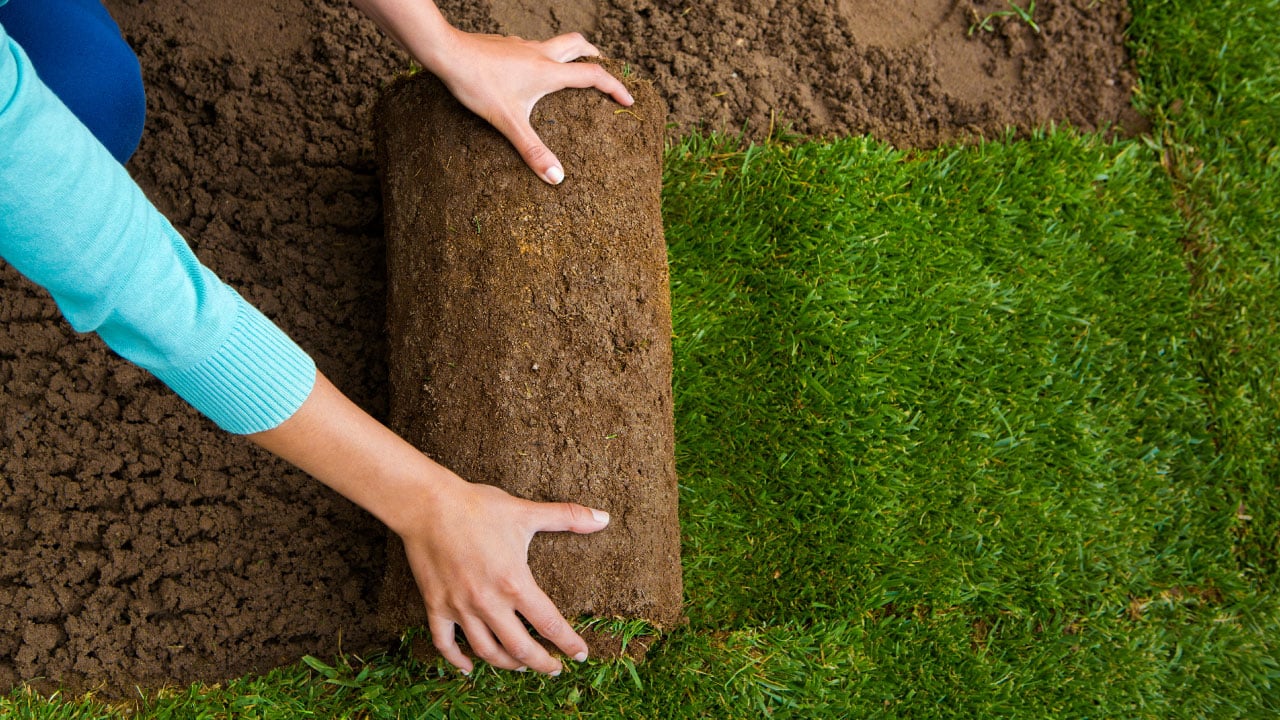
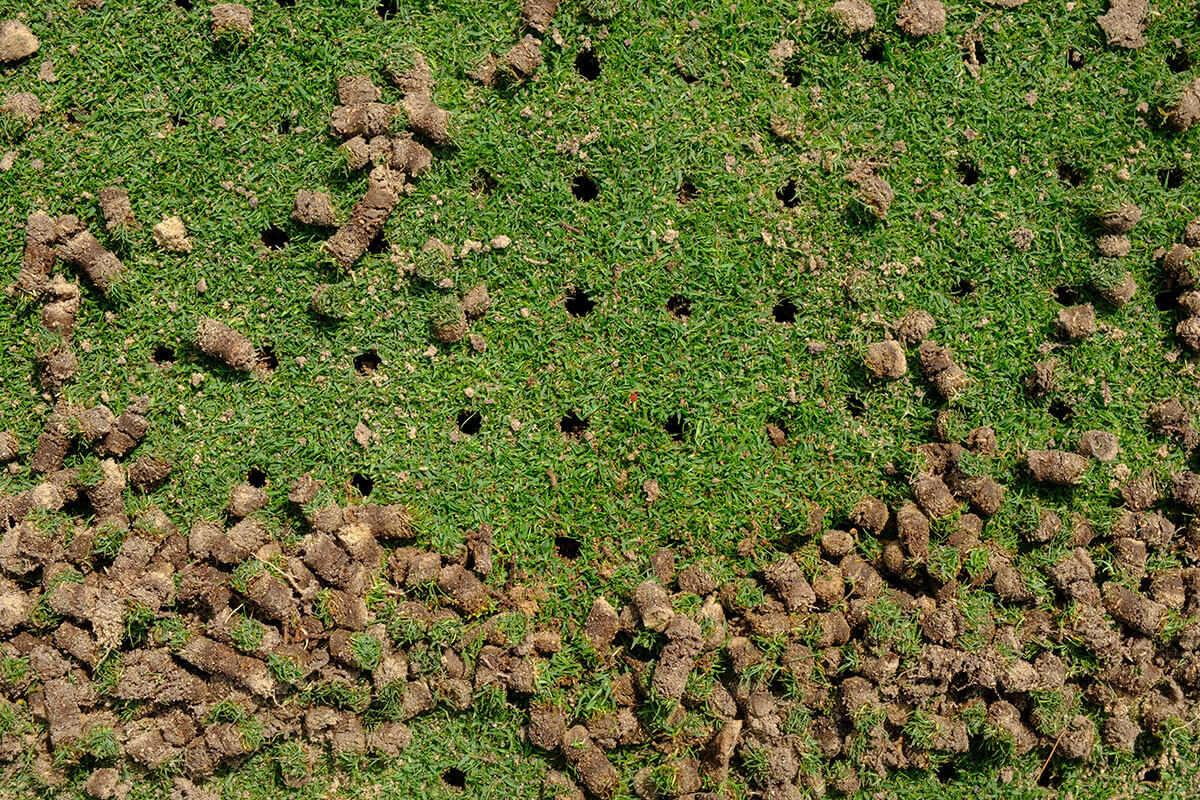
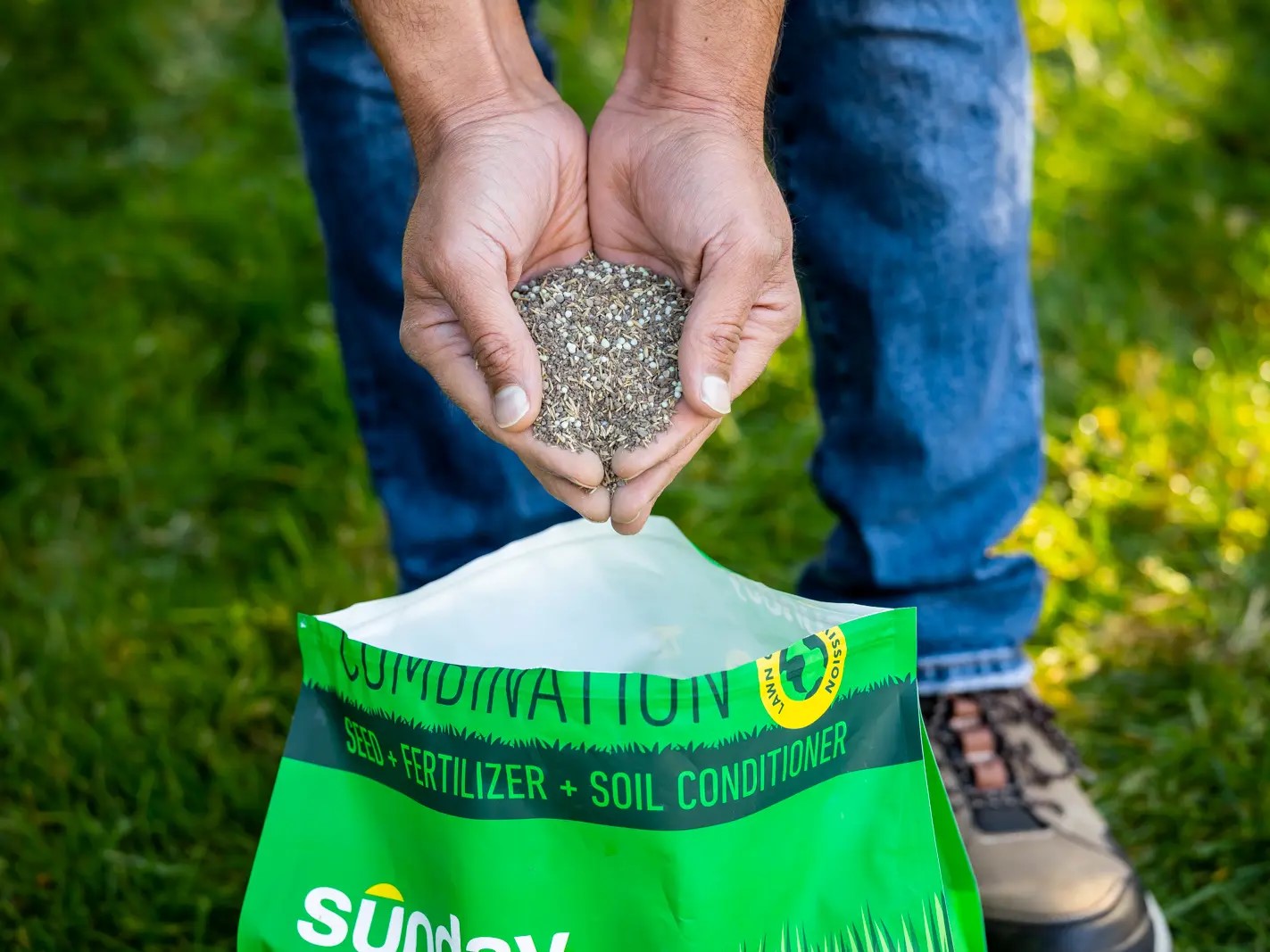
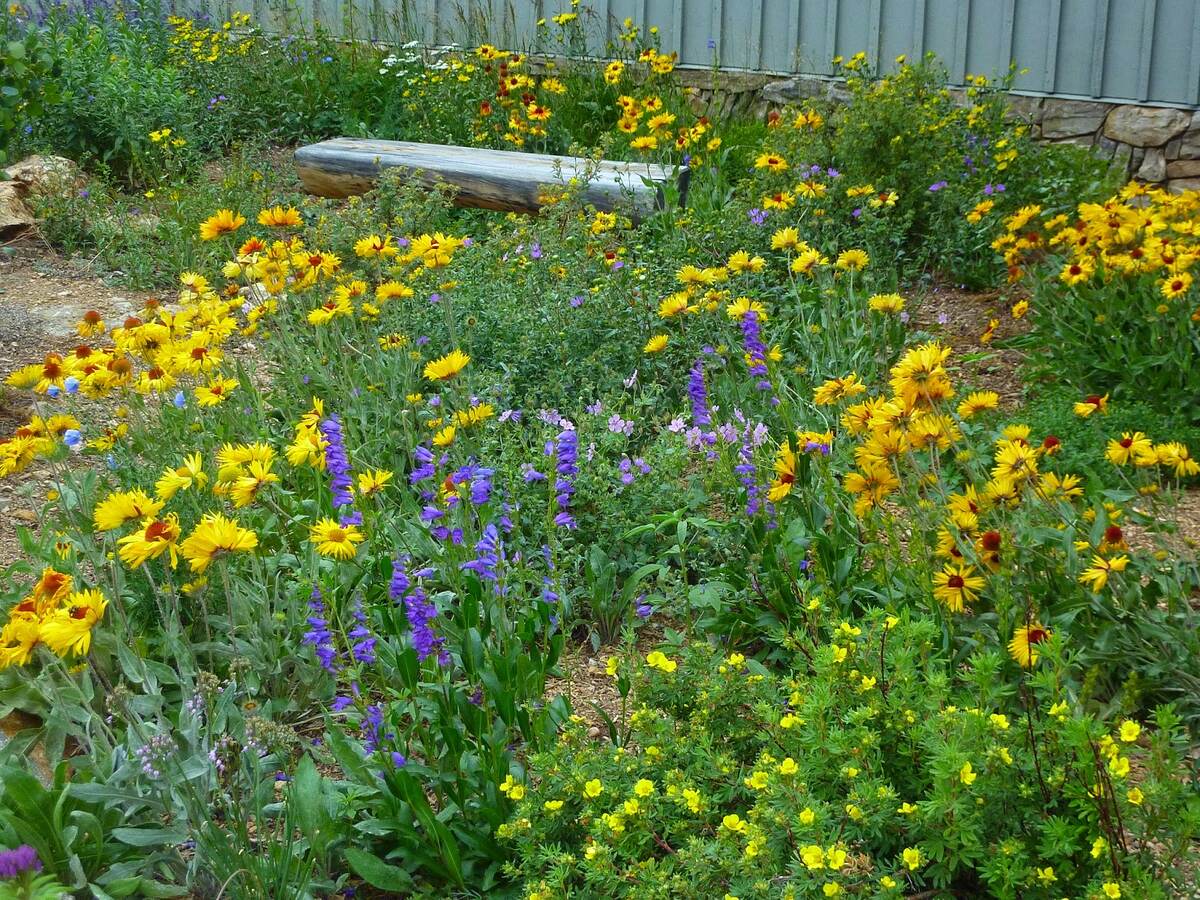
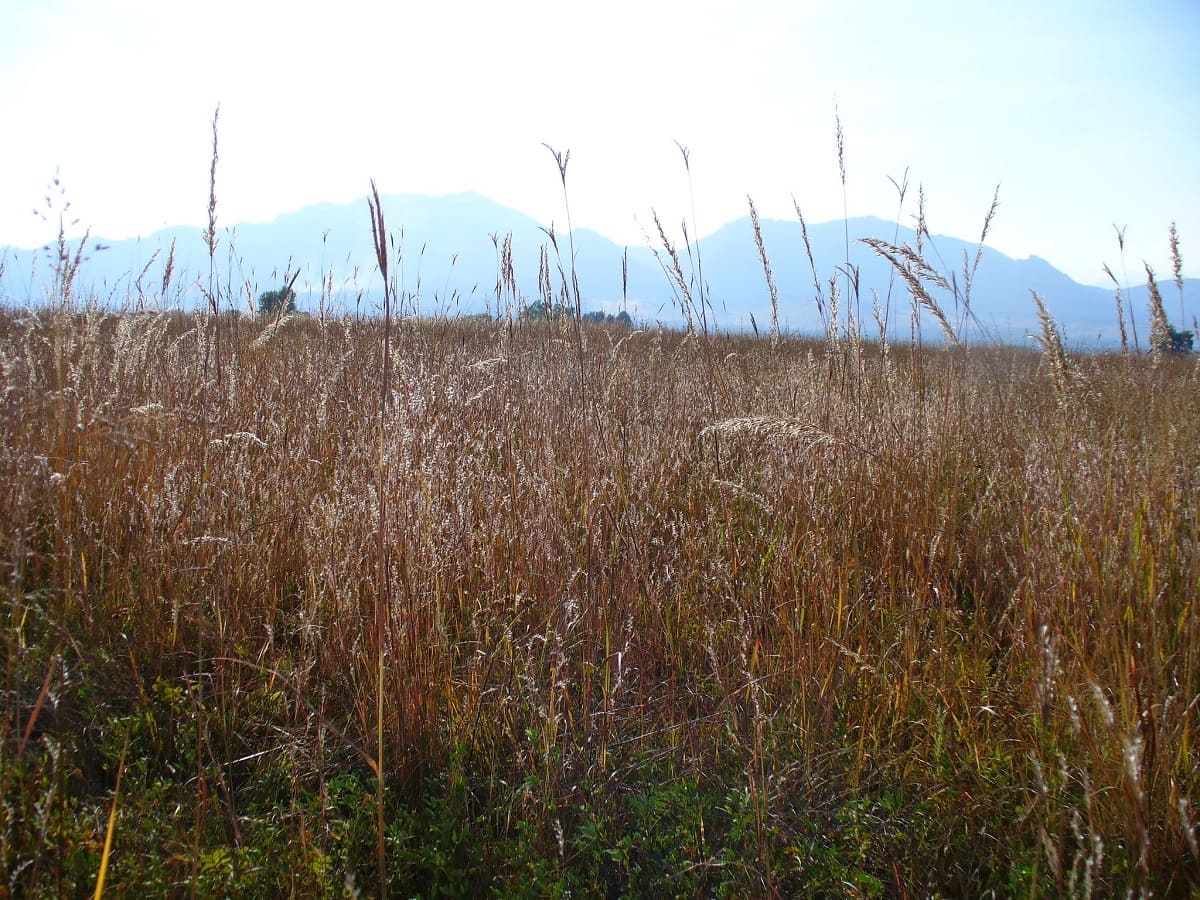
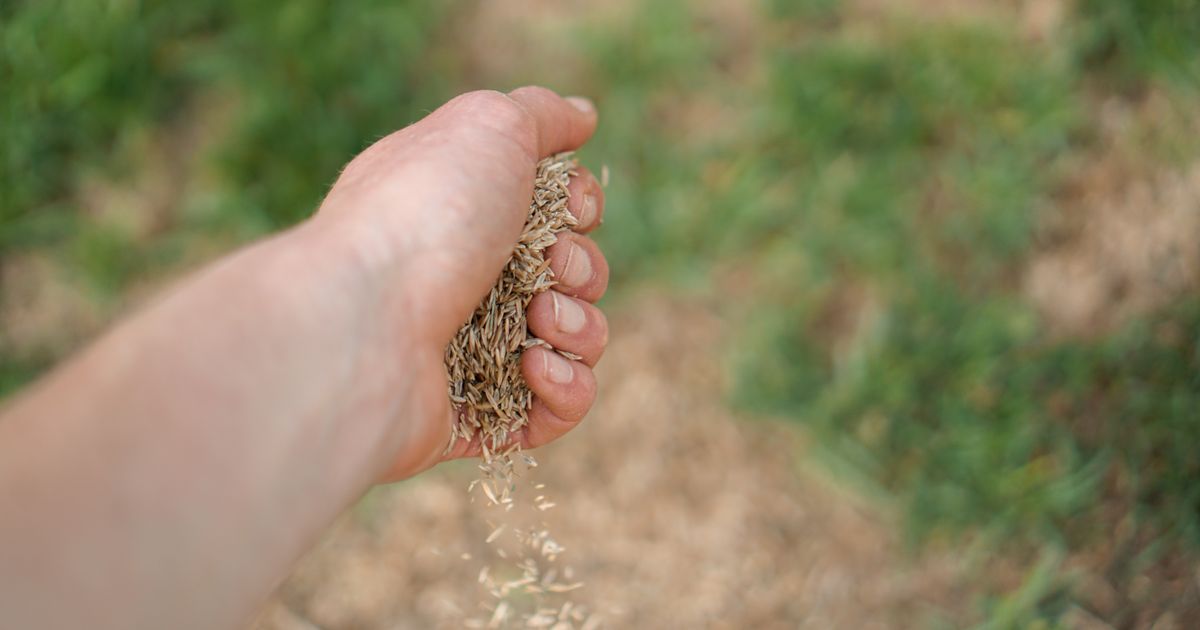
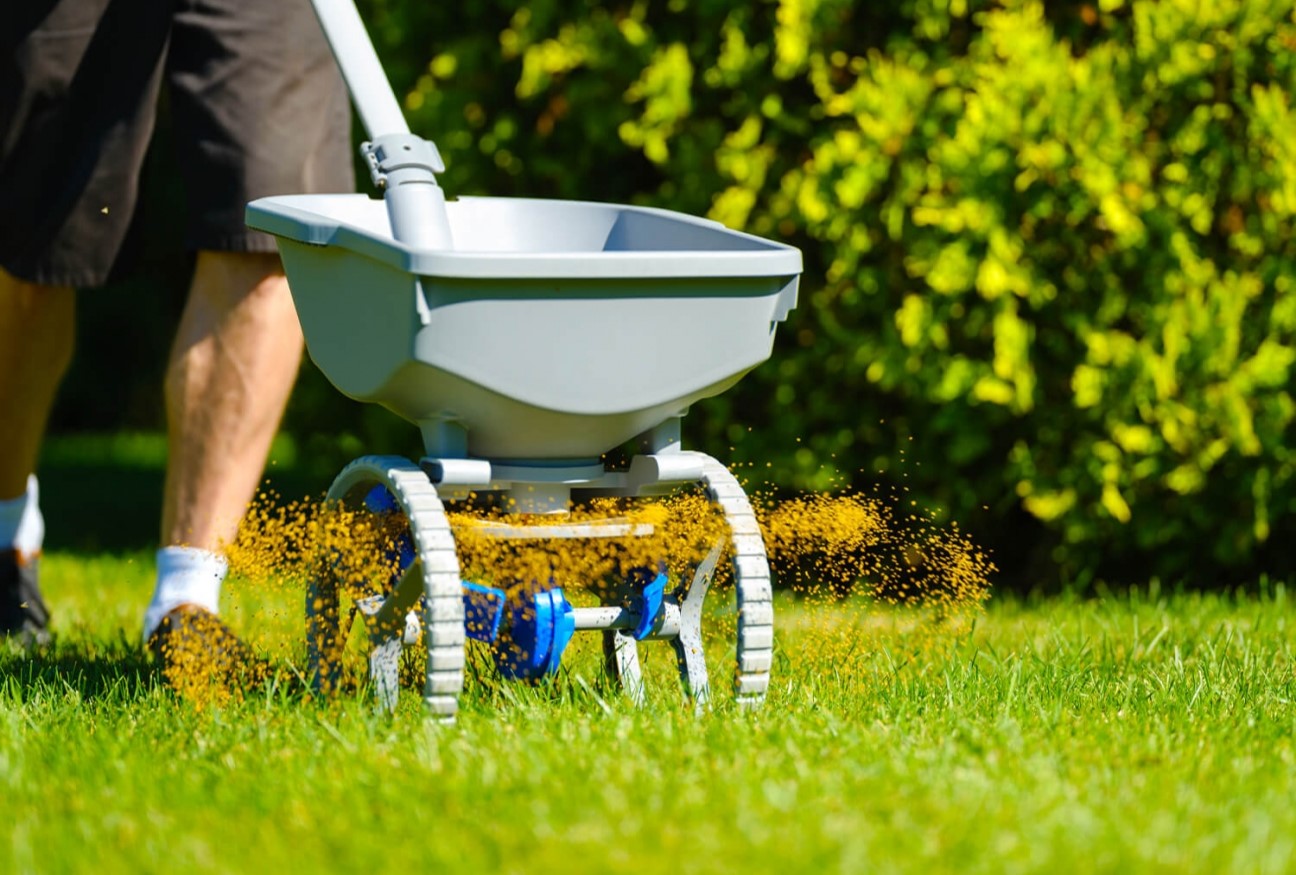
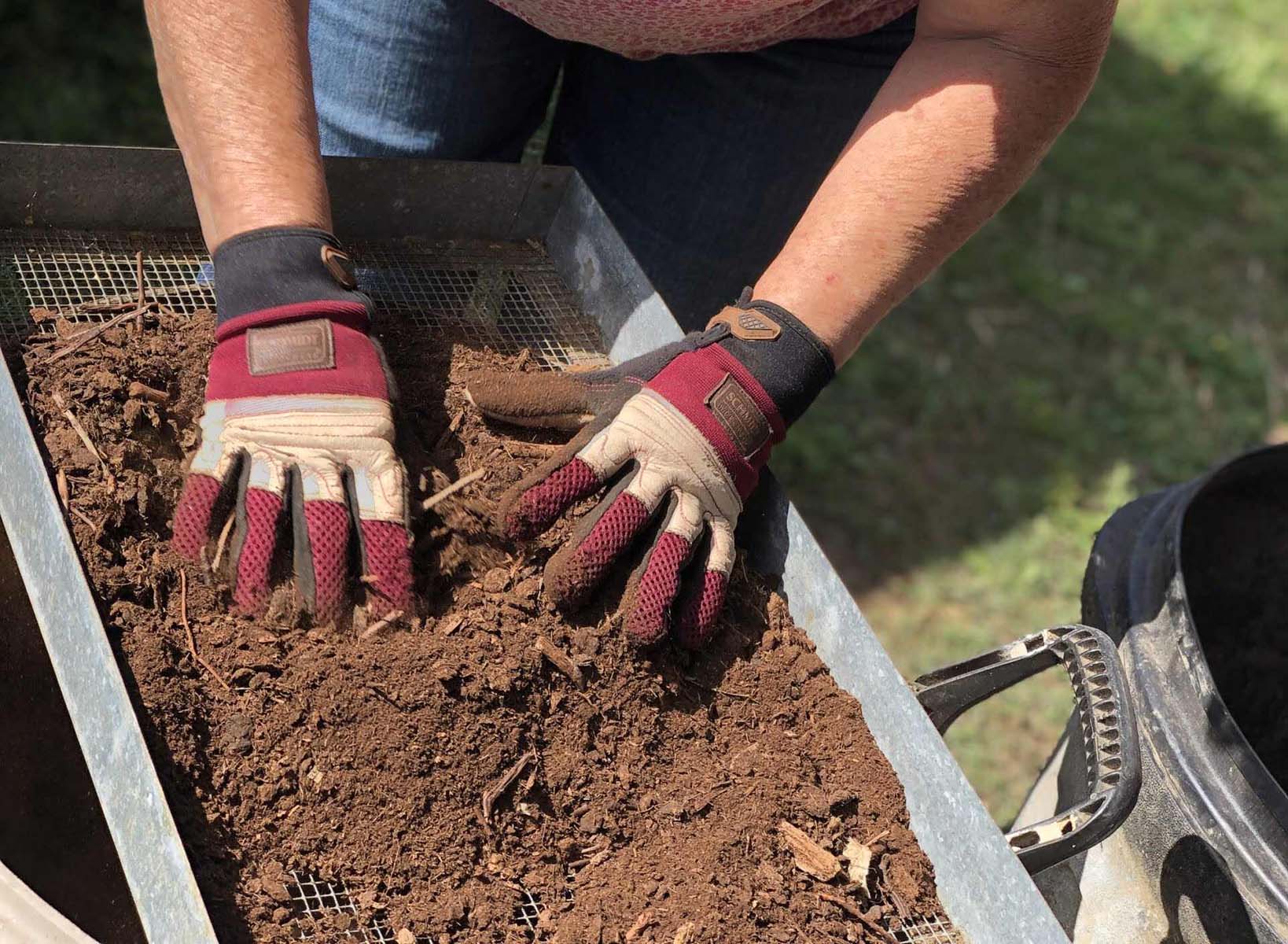
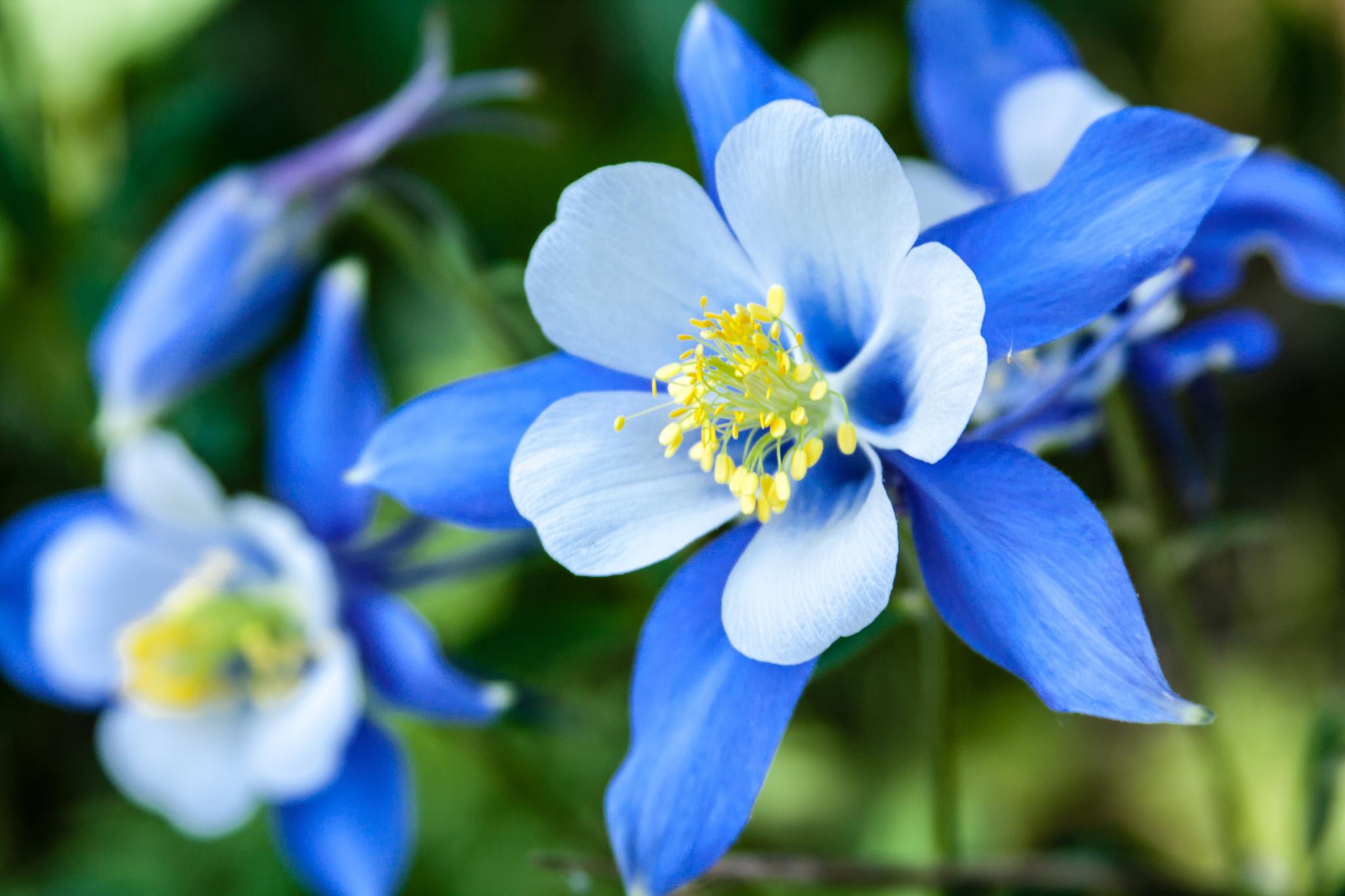
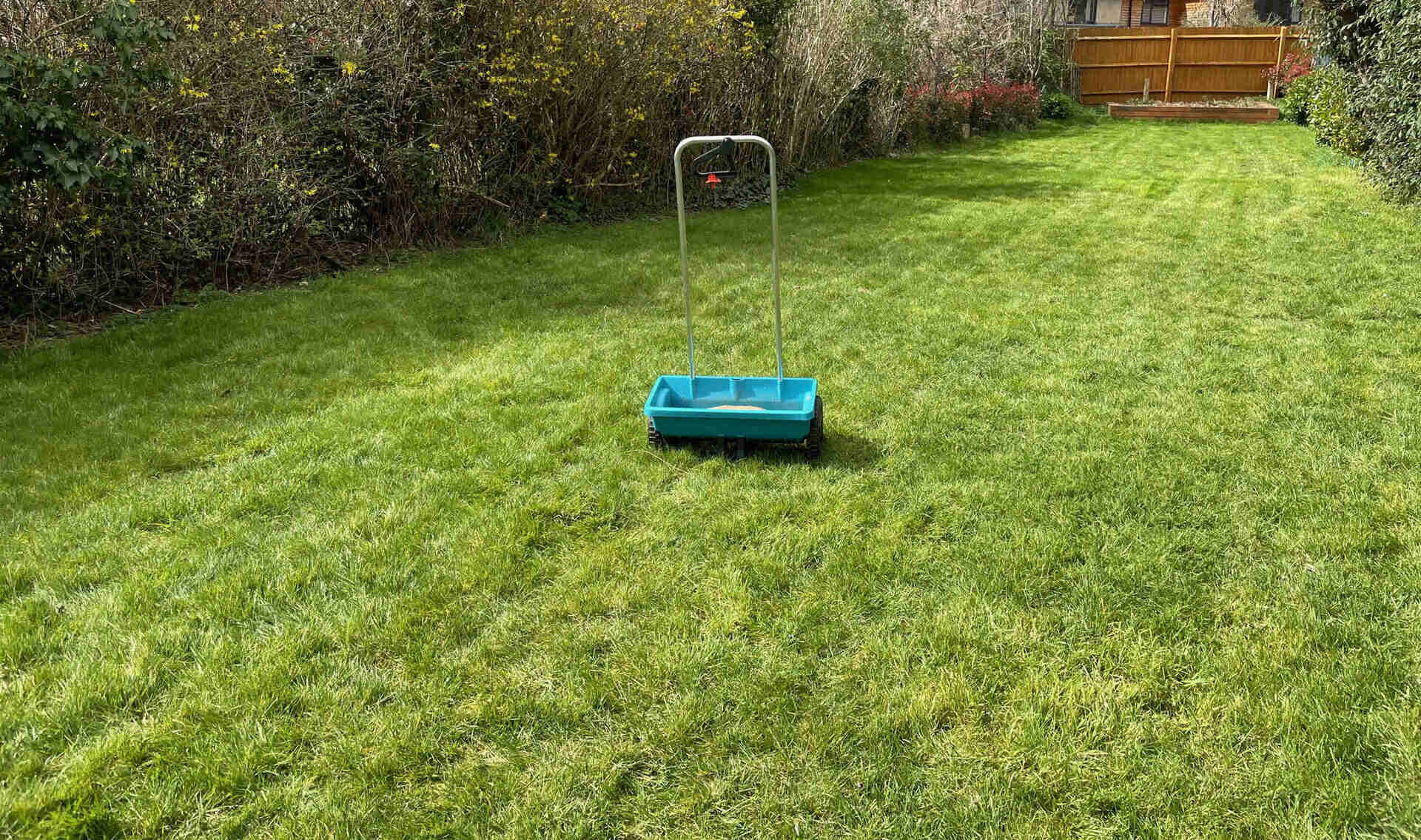

0 thoughts on “When To Seed Lawn In Colorado”